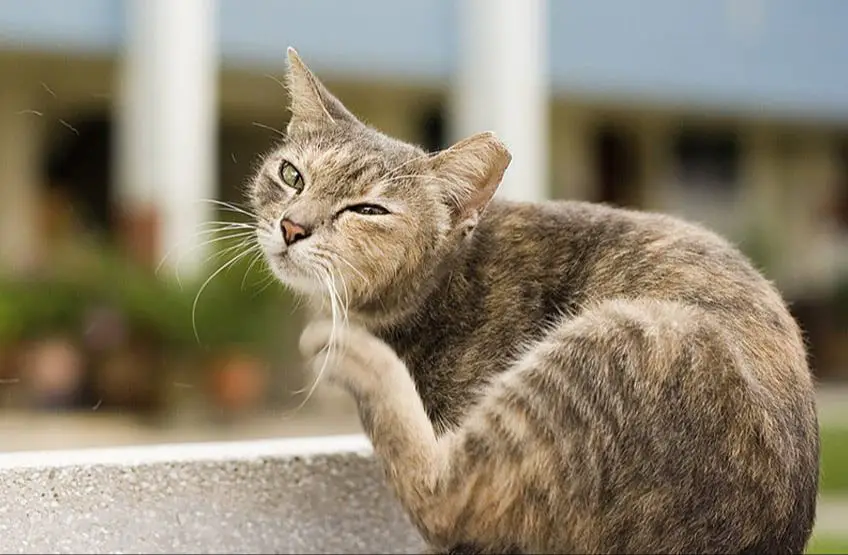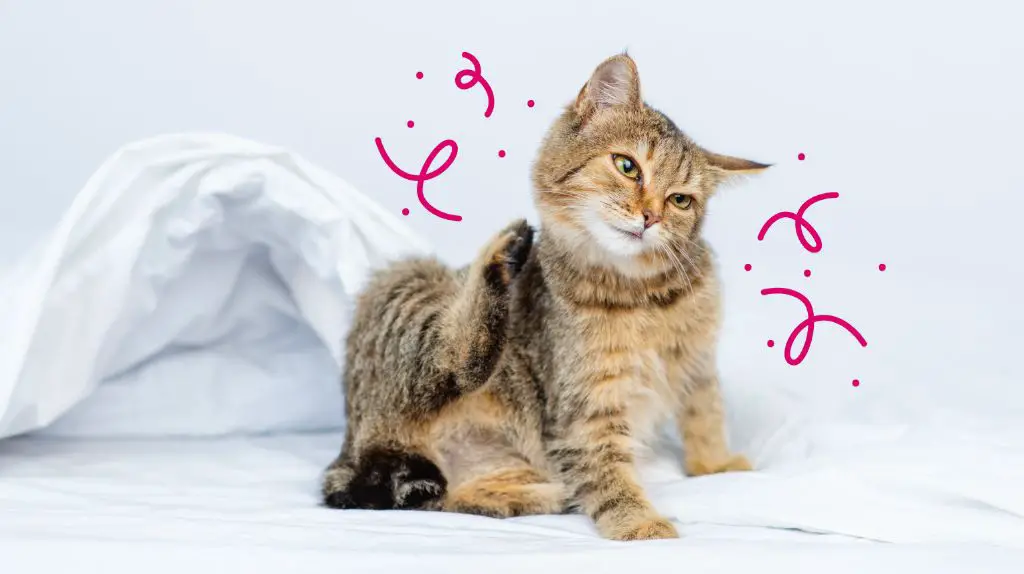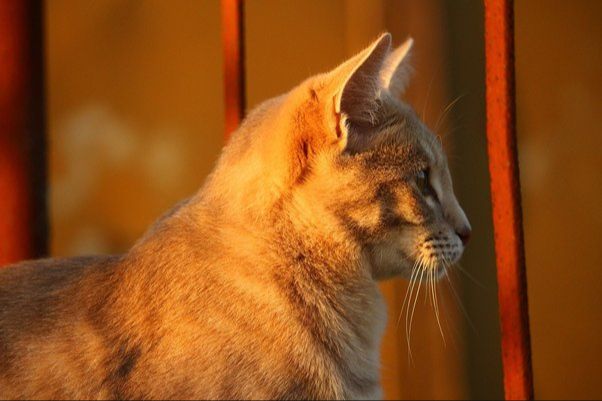Cat grooming services provide professional care and maintenance for cats including bathing, brushing, nail trimming, ear cleaning, sanitary trims, and flea treatments. Groomers play an important role in keeping cats clean, healthy, and comfortable. One of the key services groomers provide is flea removal and prevention.
This article will explore the role of cat groomers in removing fleas during the grooming process. We’ll look at the methods groomers use to eliminate fleas, signs your cat may have a flea infestation, risks of fleas, when to schedule a grooming, what to ask your groomer, and costs associated with flea removal services.
Why Flea Removal is Part of Grooming
Fleas are very common external parasites that can infest cats. According to the American Veterinary Medical Association, fleas and ticks are the most common external parasites found on pets in the United States. Flea infestations can make cats incredibly uncomfortable and itchy. Severe flea infestations left untreated can also cause anemia in cats.

That’s why a vital part of grooming for cats is flea removal and prevention. Professional cat groomers are trained to safely and effectively wash away fleas and flea dirt during the grooming process. They use specialized shampoos and techniques that get down to the skin level to remove both adult fleas and eggs.
Regular grooming can help keep cats flea-free and healthy. The National Cat Groomers Association states that “Grooming removes the dead hair and skin that would otherwise build up and harbor fleas, ticks and fungus.” https://nationalcatgroomers.com/bad-ass/
So part of a groomer’s job is not just making cats look good, but also removing fleas and keeping cats comfortable. Flea removal is an essential health service groomers provide.
Flea Removal Process
When a groomer gives a cat a flea bath, there is a multi-step process they follow to fully remove fleas and flea eggs. This usually involves:

Inspection and Combing – The groomer will first thoroughly inspect the cat’s coat and skin for signs of fleas or flea dirt. They use a fine-toothed flea comb to help spot and remove any live adult fleas.
Flea Shampoo – A specifically formulated flea shampoo is applied and lathered into the cat’s coat. Shampoos like these contain ingredients like pyrethrins that kill adult fleas on contact. Some also have an insect growth regulator to kill flea eggs.
Rinsing – After allowing the shampoo to sit for 5-10 minutes, the groomer thoroughly rinses all of the shampoo out of the cat’s fur.
Second Flea Treatment – Sometimes a second flea shampoo or flea spray is applied to ensure any remaining fleas or eggs are killed.
Drying – The cat is completely dried, often using a blow dryer. The heat helps continue to dehydrate and kill any remaining fleas.
Final Combing – Once fully dried, the groomer combs the cat again to remove any dead fleas and eggs.
This full flea bathing process allows groomers to fully eliminate flea infestations during a grooming session. However, some flea eggs can survive, so continued at-home treatment is often recommended.
Other Flea Removal Methods
There are several alternative methods to topical or oral flea removal products from your veterinarian that you can try at home. While some over-the-counter products or home remedies may provide temporary relief, they are usually not as effective as prescription flea treatment from your vet. Some alternative flea removal methods include:
- Flea combs and bathing with anti-flea shampoo can help remove some living fleas, but does not kill eggs or prevent re-infestation. Flea combs must be used multiple times per day for best results.
- Flea collars release insecticide but often do not provide full body coverage and protection compared to spot-on treatments.
- All-natural remedies like essential oils, apple cider vinegar, or diatomaceous earth may repel some fleas but require diligent and repeated application. There is limited evidence on efficacy.
- Flea traps, ultrasonic devices, and sprays target fleas in your home environment but do not treat fleas on your cat’s body. Must be used alongside other direct flea treatment.
While home remedies may seem appealing, consult your veterinarian first and understand effectiveness is limited. Spot-on and oral flea treatments require prescription but provide thorough protection with less hassle.
Signs Your Cat Has Fleas

One of the most obvious signs that your cat has fleas is excessive scratching and grooming. Fleas bite and feed on your cat’s blood, causing itchy irritation. Your cat may frequently scratch, lick, and bite at its skin in an attempt to relieve this itchiness. You may see your cat over-grooming certain areas or generally acting more restless and uncomfortable.
Another sign is visible flea dirt, which looks like tiny dark specks on your cat’s fur. This is actually flea feces, composed of digested blood. To check if it’s flea dirt, put a small amount on a white paper towel and add a drop of water – if it turns reddish, it’s likely flea dirt.
You may also notice areas of hair loss or bald spots, often around the tail, legs, belly, or neck. This occurs from frequent scratching and biting at the skin. The skin itself may become red and scabbed from repeated irritation. Small red bumps on the skin are likely flea bites.
While the fleas themselves can sometimes be tough to spot since they move quickly through the fur, you may see them if you look closely, especially around the neck or near the base of the tail.
Risks of Flea Infestations
Flea infestations can pose a number of health risks for cats. According to the Cornell Feline Health Center, flea bites cause severe itching and a cat’s constant scratching can lead to open wounds that are vulnerable to serious infections [1]. Fleas can also lead to anemia in cats if the infestation is severe enough. The parasites feed on the cat’s blood, and a large number of fleas can cause blood loss.
Another problem caused by fleas is tapeworms. As the PetMD article explains, when a cat ingests a flea while grooming and scratching themselves, they can become infected with tapeworms [2]. Tapeworms live in the intestines and can cause a number of gastrointestinal issues.
Fleas don’t just affect cats – they will happily bite and infect humans as well. A study published in PubMed found that flea infestations pose risks to both feline and human health, as fleas are known for transmitting various pathogens [3]. Flea bites on humans can cause irritation, inflammation and itching.
In severe cases, a major flea infestation can even be life-threatening to a cat. The parasites can take so much blood that it leads to severe anemia. Weakness, lethargy and collapse are signs that a cat may be dying from fleas.
When to See a Groomer for Flea Removal
If your cat has a minor flea infestation, you may be able to treat the issue at home with topical flea medications or flea collars. However, for more severe infestations, it’s best to seek professional help from a groomer or veterinarian. Here are some signs it’s time to schedule a flea removal grooming appointment:
- You find more than 5 live fleas on your cat
- Flea dirt is visible on your cat’s skin
- Your cat is scratching or biting itself excessively
- You see fleas on yourself or furniture/bedding
- Flea treatments don’t seem to be working
The sooner fleas are professionally removed, the less likely they are to spread and cause health issues. For heavy infestations, experts recommend scheduling a flea removal groom every 2 weeks until the infestation is under control. Then, monthly grooming can help prevent re-infestation.
It’s also a good idea to get a flea removal groom before fleas spread to your home and other pets. Even one or two fleas can quickly multiply into a major infestation. Don’t wait until the situation gets out of hand. At the first signs of fleas, schedule an appointment so a professional can fully eliminate the pests.
Questions to Ask Your Groomer
When taking your cat to a professional groomer for flea removal, it’s important to ask questions to understand the process and aftercare. Here are some key questions to ask:
What products do you use for flea removal? Groomers may use flea shampoos, sprays, or other treatments. Understanding the products used can help you monitor for any reactions in your cat.
Do you check every part of the cat’s body for fleas and eggs? Fleas can hide in hard-to-reach places, so it’s important the groomer thoroughly checks the whole body.
Do you recommend any follow-up flea removal at home? Grooming removes most fleas, but the groomer may suggest additional steps like using flea combs or reapplying flea medication.
How often should grooming be done to control flea outbreaks? Groomers can advise how often bathing or other flea removal should be repeated based on the severity of the infestation.
Are there any signs I should watch out for after grooming? Groomers may advise monitoring for skin irritation or other side effects from flea removal products.
Understanding the grooming process and aftercare steps can help you work effectively with your groomer to get your cat flea-free.
Costs of Flea Removal
Cat flea removal services can range widely in price depending on your location and the specific services offered by the groomer. According to sources, the average cost for cat flea removal is $50-120.
Some factors that can affect the price include:
- Your cat’s size – Larger cats may cost more.
- Breed – Long-haired breeds often cost more.
- Coat condition – Severely matted coats take longer.
- Groomer’s experience level – More experienced groomers may charge more.
- Your location – Prices are often higher in major cities.
Some groomers offer discounted packages or bundles that include flea removal along with other services like a bath, nail trim, and ear cleaning. This can help lower the overall cost. It’s a good idea to ask about any available discounts or bundles when booking an appointment.
According to HomeGuide, most pet owners spend $30-70 for cat grooming including flea removal. But costs can vary widely based on your specific needs.
Conclusion
In summary, getting professional flea removal from a cat groomer is highly recommended to keep your feline friend happy and healthy. Fleas can rapidly multiply and infest your home while making your cat miserable. Cat groomers are trained to safely and effectively wash away fleas and eggs using special shampoos while avoiding harm to your cat’s sensitive skin.
The flea removal process at a groomer often begins with a flea comb to manually remove adult fleas. Your cat is then bathed in anti-flea shampoo that kills both adult fleas and eggs. Some groomers may also use flea powders or applying flea prevention medication as additional protection. With professional grooming, you can rest assured the flea infestation will be controlled without the dangers of improper at-home methods.

Your cat will thank you for the gentle but thorough flea removal process from the groomers. No more incessant scratching, skin irritation, parasites, or infested surroundings. Professional flea treatment brings long-lasting relief and healthy skin for your feline companion.

